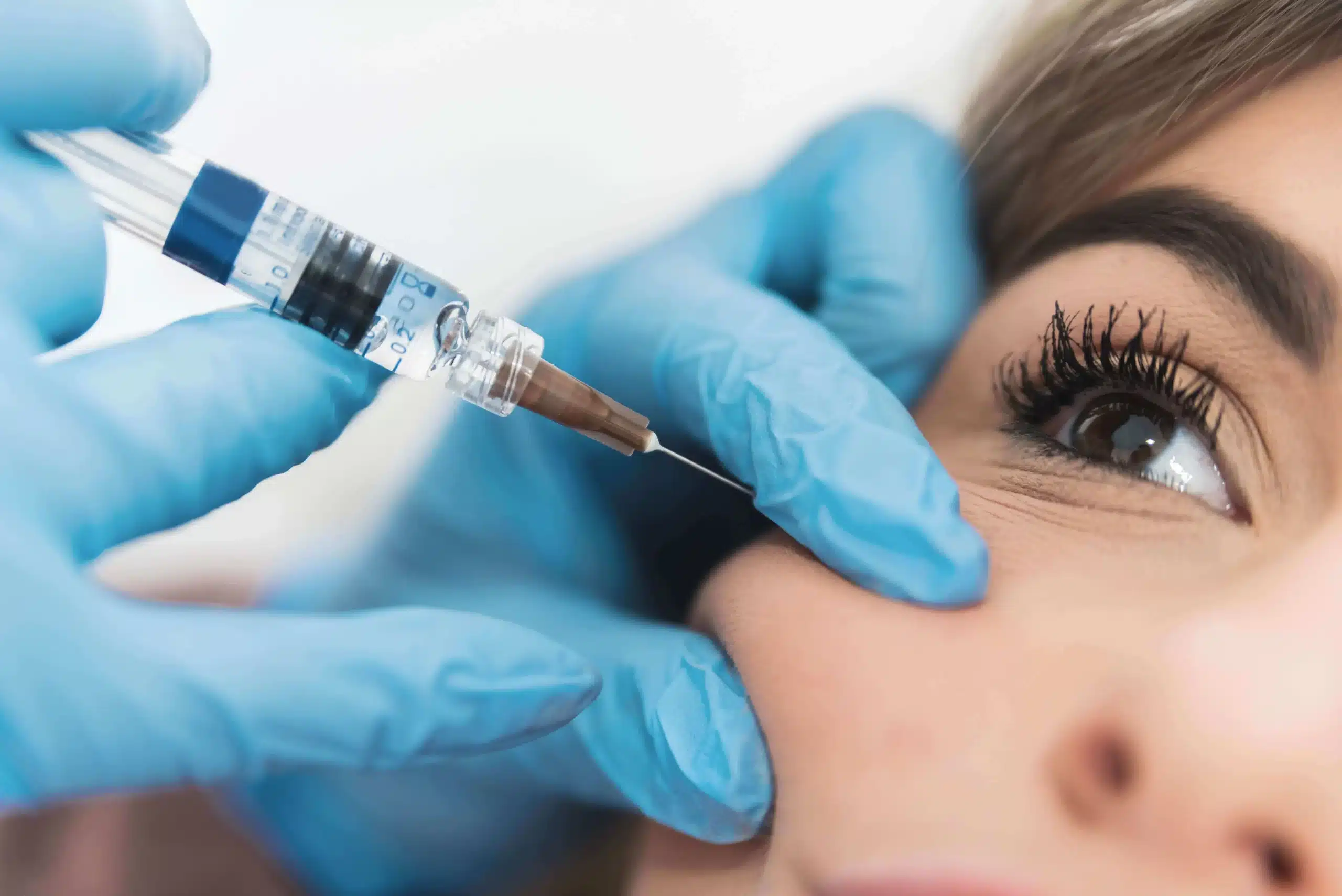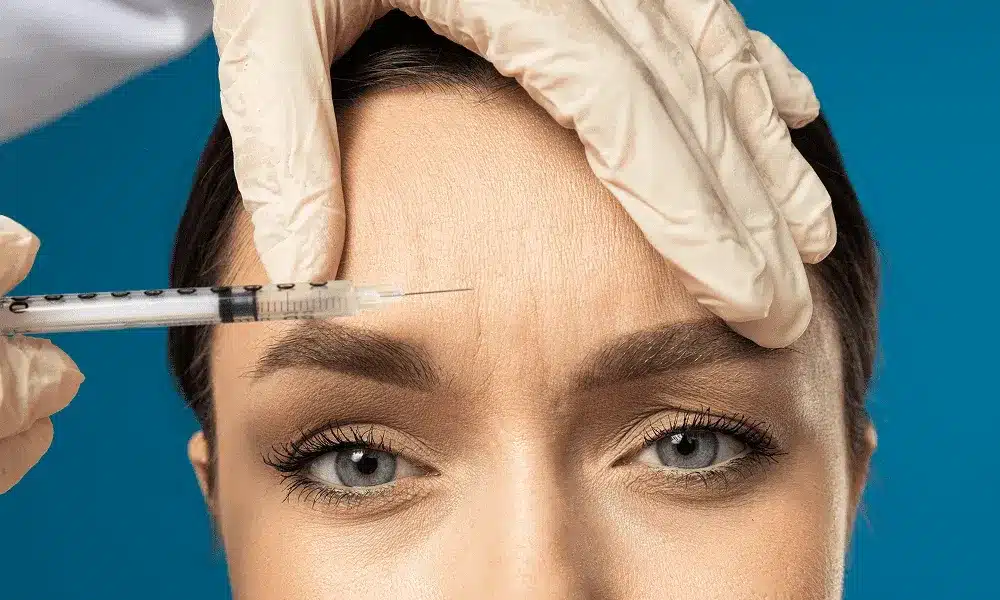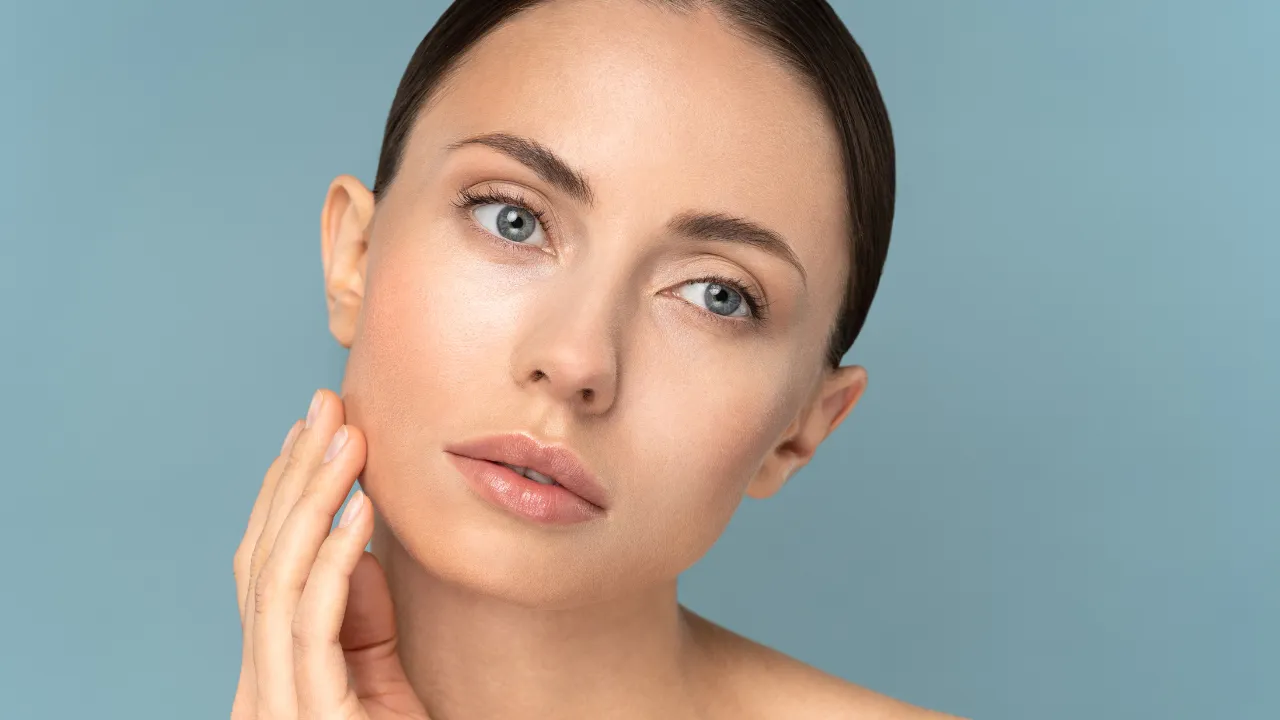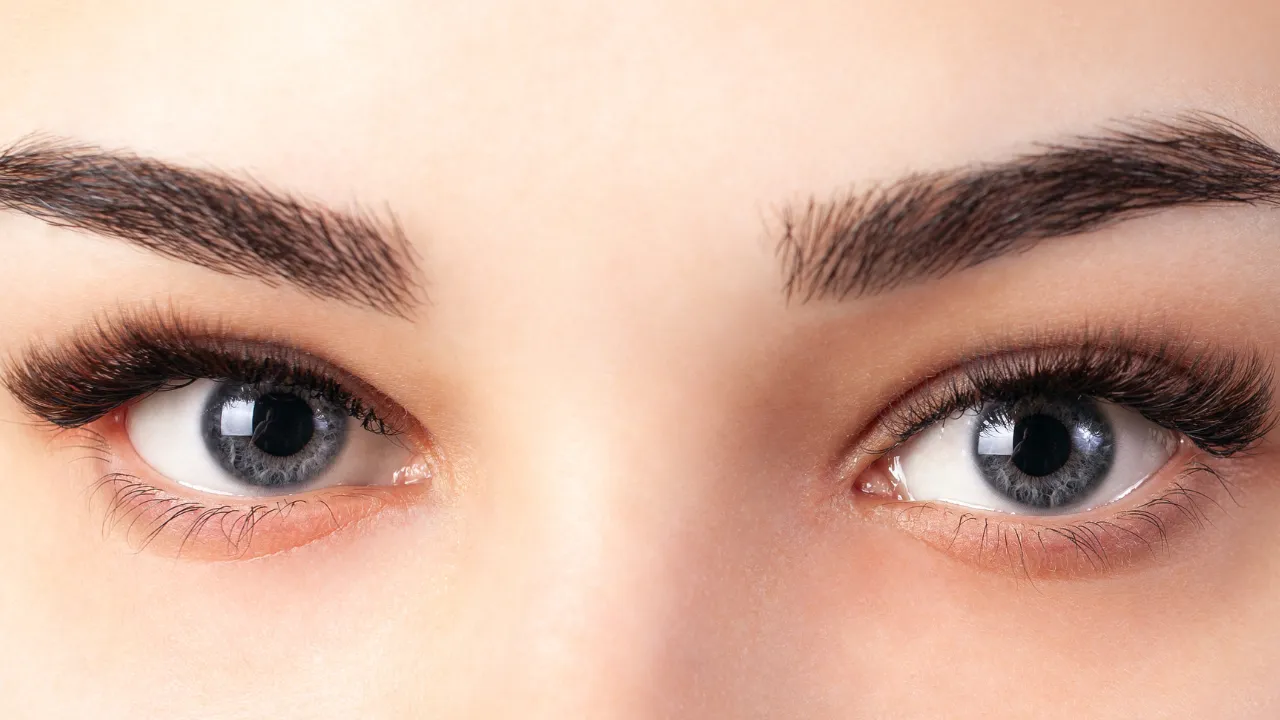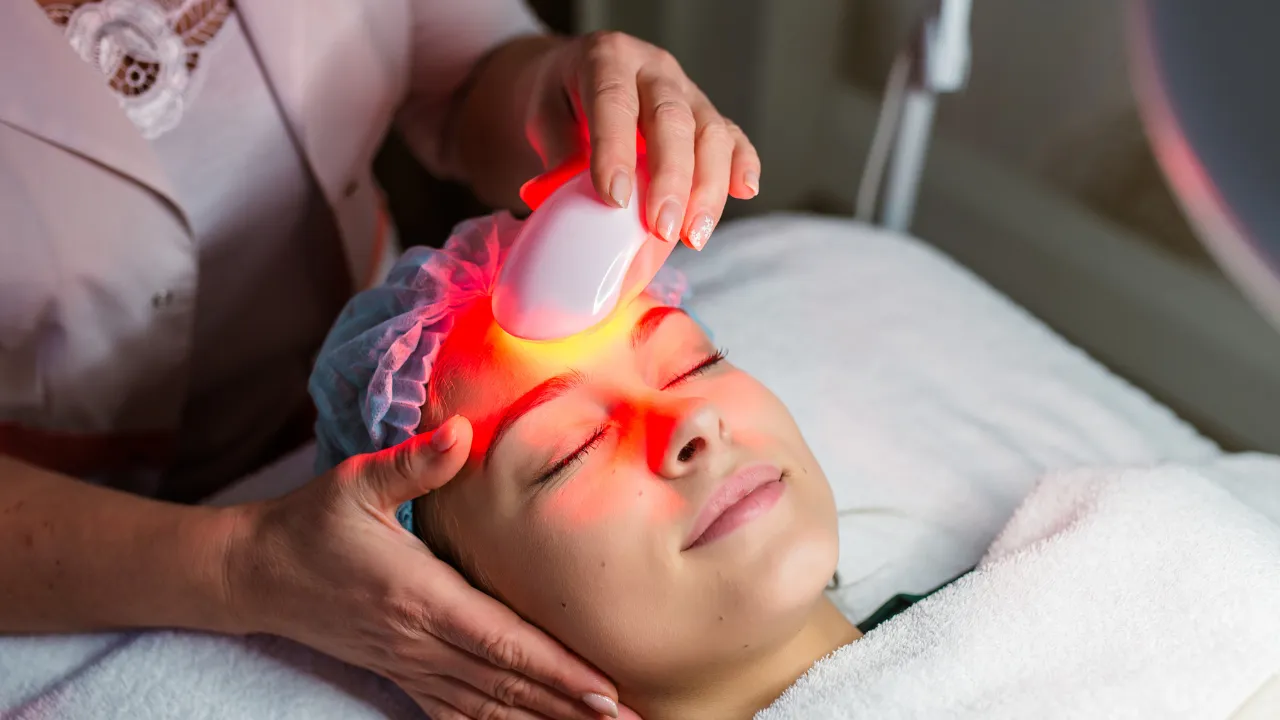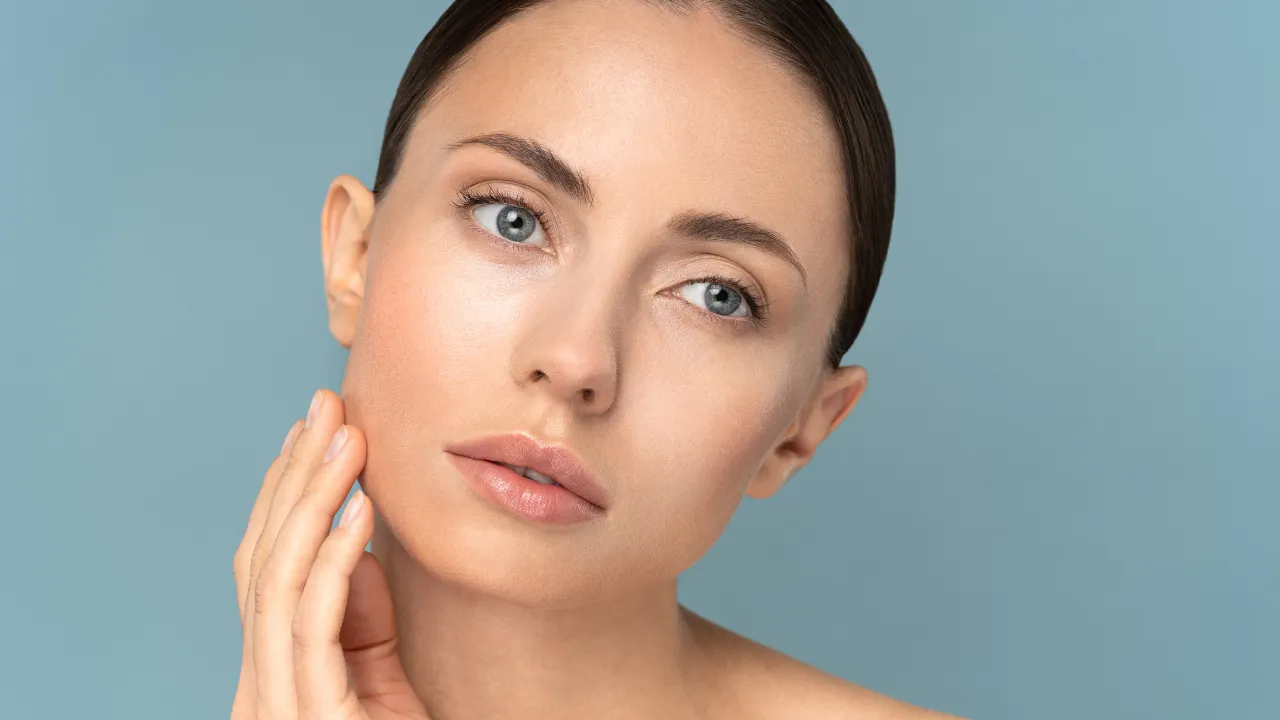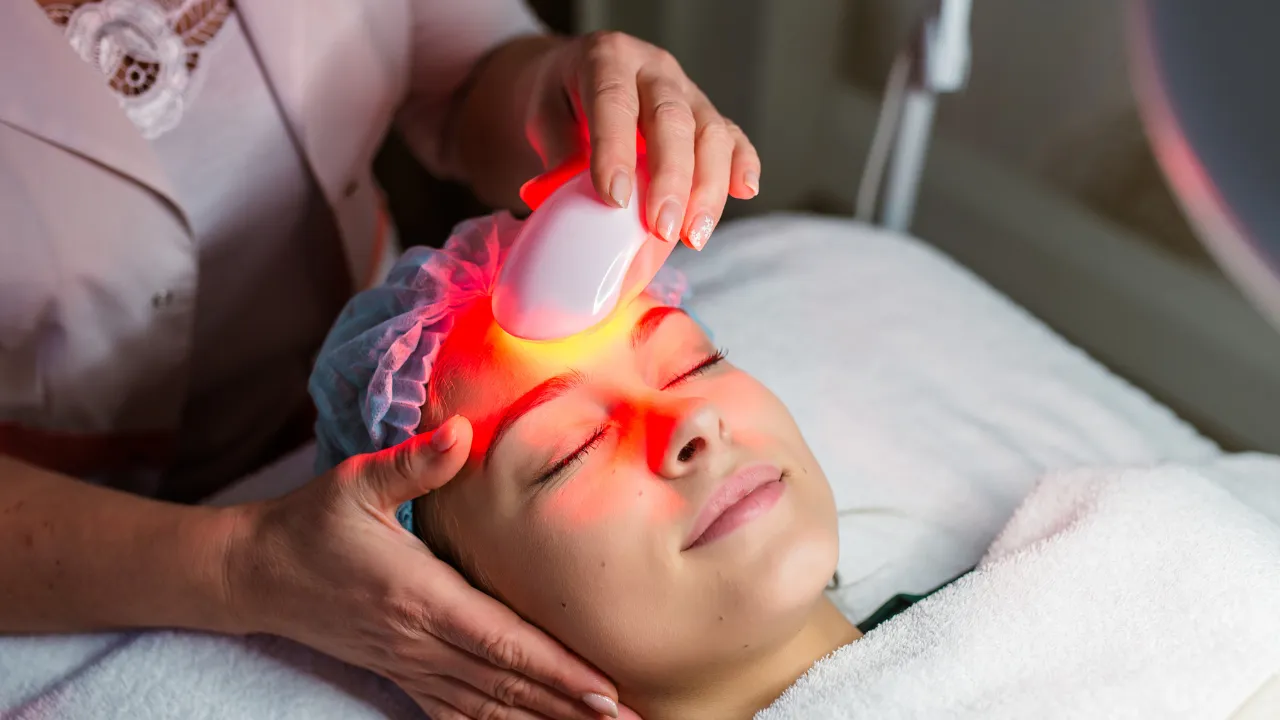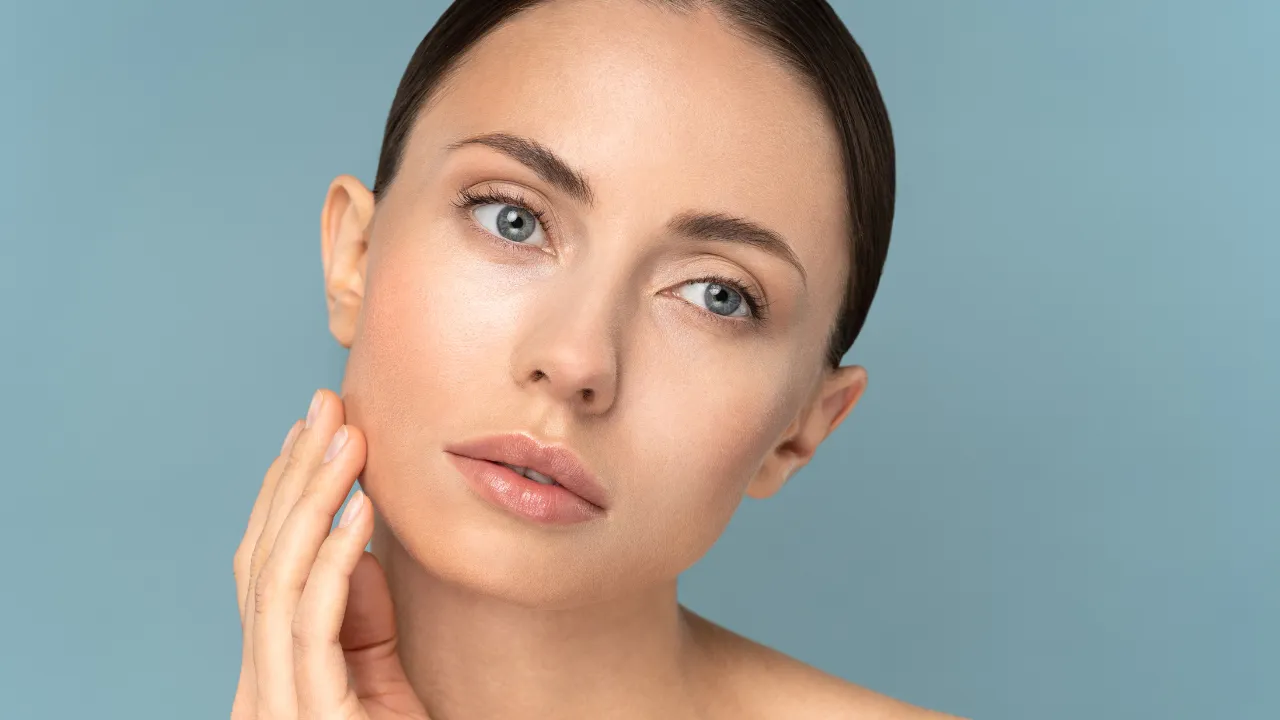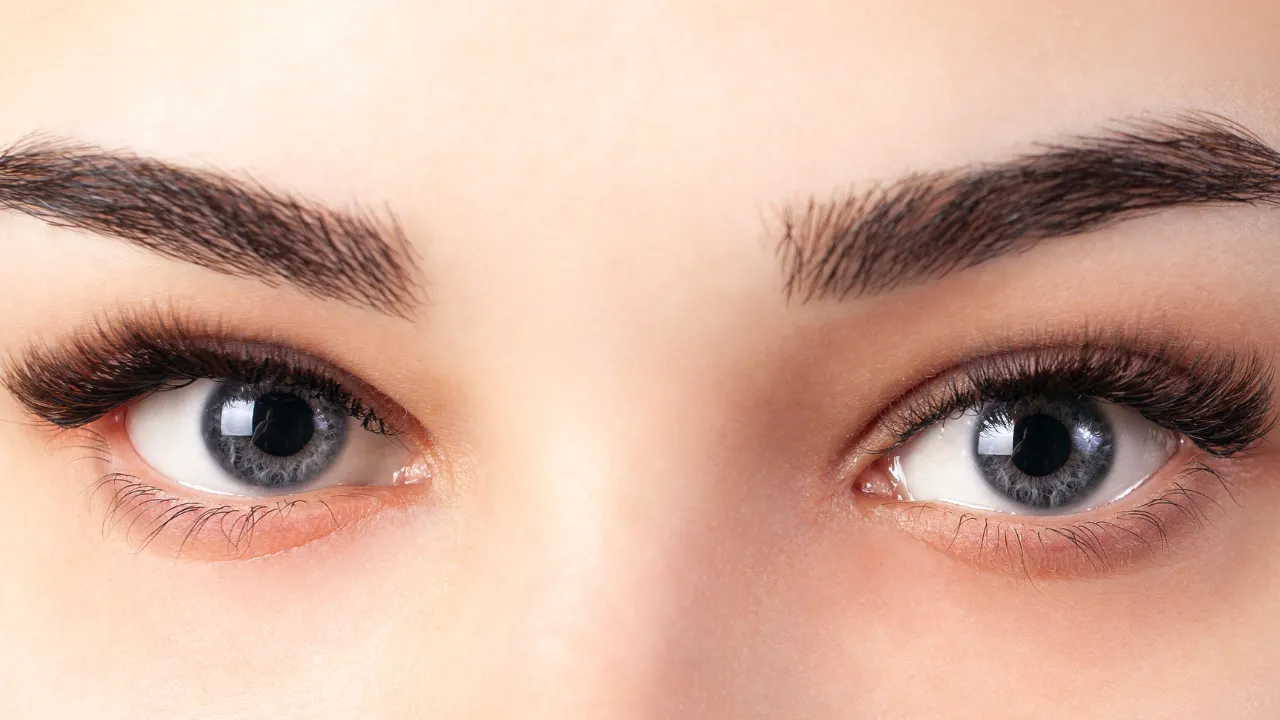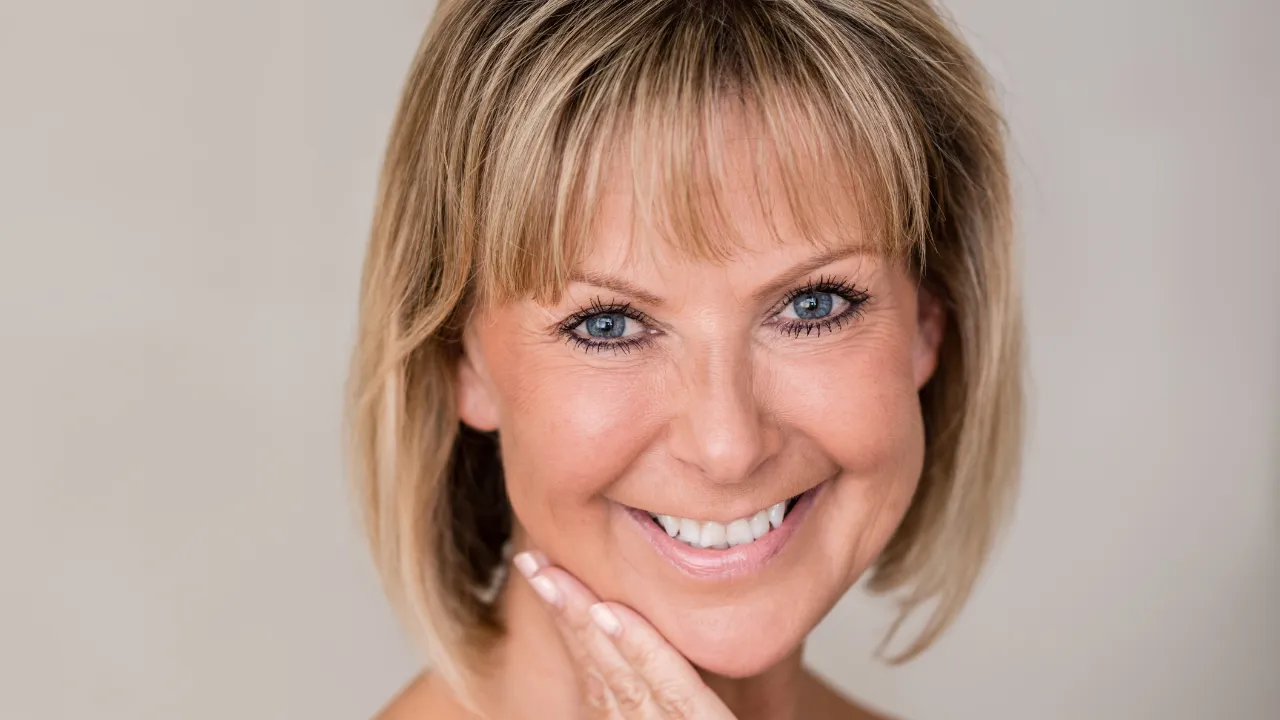Cheek filler injection points are areas of the midface where providers add filler to lift the cheekbone, restore facial volume, and improve contour. These points are chosen based on facial anatomy, fat pads, and movement to protect natural results. At Kopelman Aesthetic Surgery, experts like Dr. Kopelman plan treatment to support facial features.
These sites reduce hollowing, enhance the zygomatic arch, and soften the nasolabial fold or tear trough. Most patients receive three to six points per side depending on symmetry and volume loss. This guide explains how these points restore volume and what to expect during cheek filler treatments.
Key Takeaways
- Cheek filler injection points are selected based on facial anatomy and volume loss to create lift and balance.
- Safe filler placement needs control of depth, angle, and nearby vessels.
- Filler firmness and tool choice affect how long results last and how natural they look.
- Male treatment plans focus on lateral projection for stronger facial features.
- Follow-up visits and aftercare help results settle evenly over time.
Table of Contents
ToggleWhere to Inject Cheek Fillers
The best cheek filler injection sites depend on face shape and symmetry. Support along the cheekbone can add height and help restore volume lost with age. Providers often target several injection points to reduce hollow areas and soften the nasolabial fold in the cheek area.
Cheek Filler Injection Points Diagram
Providers use diagrams to map safe zones and bone landmarks. This improves placement accuracy and reduces risk. Visual planning prevents uneven settling.
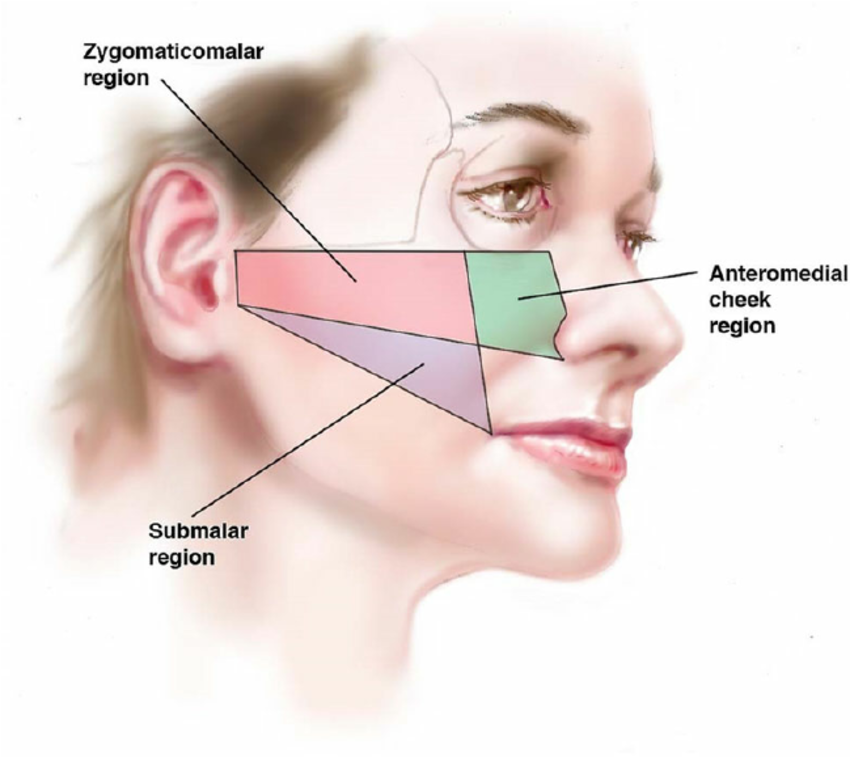
How Many Injection Points Are Needed?
Most treatments use three to five points per side to build shape. Some patients need more detail or balance. The number depends on volume loss and goals.
Injection Point Goals and Aesthetic Outcomes
Each cheek filler injection point creates a specific effect. Injections near the zygomatic arch add lift and contour. Deep medial placement softens hollowing without excess fullness.
Lower cheek points help early aging changes and improve the lower face line. Mild support keeps movement natural. This prevents a heavy look.
- Zygomatic arch – projection and lift
- Deep medial cheek – soft volume and blending
- Submalar region – shadow reduction and support
Fat Compartment Considerations
The cheek has deep and shallow fat pads that shift with age. Deep filler adds structure and support. Shallow filler smooths surface transitions. Balanced support prevents puffiness and keeps shape natural. Proper planning improves results over time. This helps maintain contour.
Cheek Anatomy and Mapping
Key Anatomical Landmarks
Cheek filler mapping identifies volume loss. The zygomatic arch, malar pads, and ligaments guide filler placement. These landmarks help protect expression. Good alignment prevents distortion.
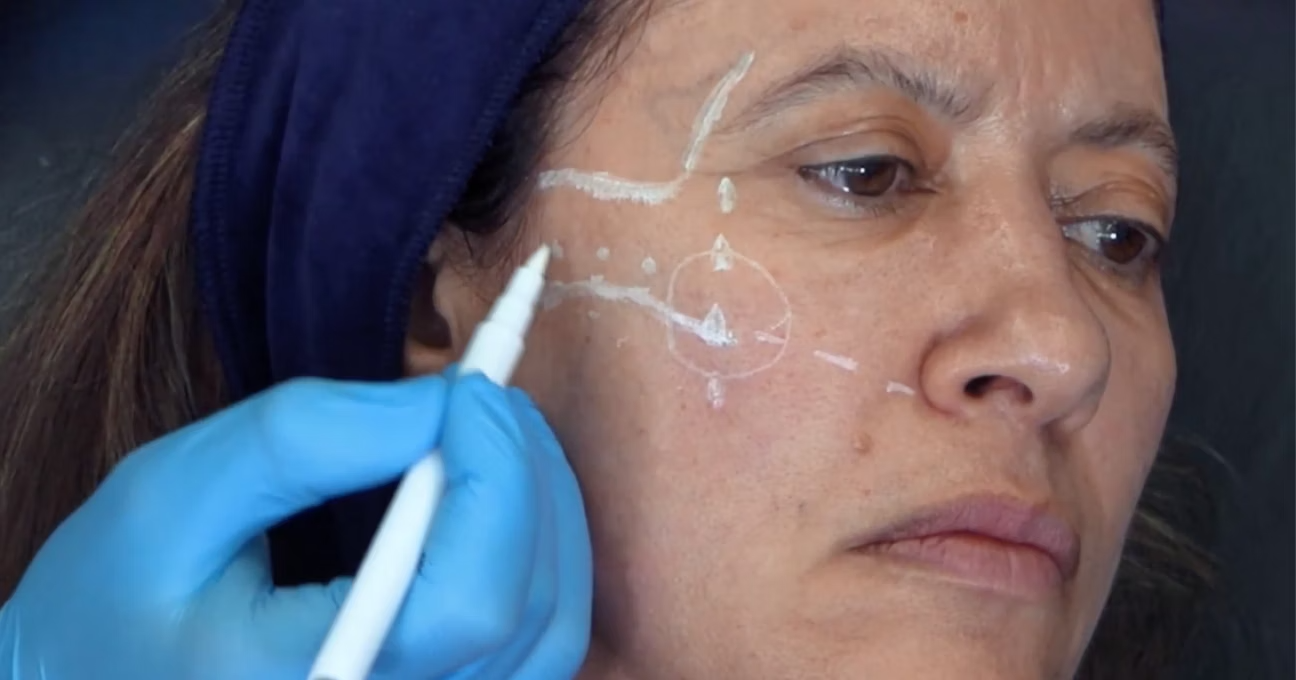
Lower and Mild Injection Points
Lower cheek points target flattening near the midface. Mild points support early volume loss. These keep results subtle. Patients dealing with mid-face laxity can also explore supportive options like sagging cheeks treatment to improve long-term facial structure.
Placement and Technique
Product Firmness and Rheology
Different areas need different filler firmness. Firmer gels lift near bone. Softer gels blend under the soft tissue. Providers match product to skin thickness to extend result quality. Proper matching prevents lumps. This supports smoother contours.
Cheek Filler Injection Technique
Providers use slow, controlled injections. This helps smooth planes and avoid sharp transitions. Careful pressure improves blending when injecting filler.
Needle vs. Cannula
Both tools are useful when chosen correctly. Needles shape small areas with precision. Cannulas reduce bruising and swelling.
Volume Strategies
Small amounts at several points avoid heaviness. Low-volume blending supports symmetry. Layering filler builds shape without bulk. Providers adjust based on bone and skin. This improves match on both sides. Small adjustments help balance.
Safety, Complications, and Danger Zones
Where Not to Inject Cheek Fillers
Providers avoid areas near major nerves and blood vessels. Too low placement can add weight. Unsafe placement causes unnatural contour.
Vascular Structures to Avoid
The infraorbital artery and transverse facial vessels are near common cheek filler injection points. Hitting those blocks cuts off the blood flow. Slow injection helps reduce danger. For a closer look at anatomy and risk zones, view our detailed map of cheek filler danger zones.
How to Safely Inject Cheek Fillers
Clean tools and slow pressure improve safety. Providers monitor angle and depth. Strong training reduces errors.
Recognizing Intravascular Compromise
Warning signs include sudden pain or pale skin. Providers must stop right away and begin treatment. Patients should speak up fast.
Provider Emergency Protocols
Qualified providers follow clear steps if blood flow is blocked. Enzyme treatment and warm compresses improve circulation. Quick care protects soft tissue. Follow-up checks on healing. Detailed notes support long-term safety. This builds trust.
Common Complications
Bruising and swelling are common. Rare problems include blockage or infection. Quick care lowers risk. Patients who are curious about filler safety in other areas can read more in our guide: Can lip fillers cause cancer?
Warning Signs
Ongoing pain, color change, or numbness can signal trouble. Early evaluation prevents injury. Patients should contact the clinic right away.
Male Cheek Filler Injection Points
Male Contour Strategy
Male cheeks need sharper angles and less central fullness. Side support improves structure. This prevents a round look. Small lifts near the zygomatic arch add edge. Cheek lines stay defined. Movement remains natural.
Anatomical Differences
Male cheeks are flatter and angular. They need lateral support, not central volume. Plans match masculine lines.
Adjustment for Asymmetry
Providers adjust angle and depth to fix the imbalance. They check movement while the patient smiles. Follow-up can fix small issues.
Masculinization Goals
Masculinization shapes the jawline and angles. It avoids round cheeks. Small changes support stronger facial features.
Treatment Sensation and Patient Expectations
Most patients feel pressure during treatment, but using numbing agents helps alleviate it. Providers monitor comfort closely. Tightness after injection is normal. Swelling fades in a few days. Knowing this reduces worry. Follow-up can address minor concerns.
Results and Aftercare
Expected Results and Downtime
Most patients see improvement right away. Swelling drops quickly. The final results appear natural as the filler settles.
Longevity and Maintenance
Cheek fillers last 12 to 18 months, depending on lifestyle. Small visits help maintain shape. Providers monitor changes.
Factors That Affect Longevity
Exercise, sun, and depth affect duration. High-quality products extend results. Deep placement can last longer.
Common Side Effects
Redness and swelling are common. Bruising fades in days. Cold packs can help comfort.
Candidate Eligibility
Who Should Avoid Treatment
Patients with infections or severe allergies should wait. Bleeding problems may increase bruising. Medical history improves safety.
Choosing a Qualified Provider
Many patients choose cheek filler as part of cosmetic procedures that refresh aging features. Results blend with surrounding soft tissue for smooth transitions. A qualified provider understands anatomy and risk. Training improves success. Patients should ask about experience.
Cheek filler injection points need strong knowledge of anatomy, safe zones, and depth. Providers trained in cheek filler placement can restore youthfulness without adding bulk to areas like the tear trough.
If you are considering cheek filler treatments and want a safe, natural result, scheduling a consultation with Kopelman Aesthetic Surgery is the best next step. Our team can evaluate your facial anatomy, discuss your goals, and design a treatment plan tailored to you. Contact our office today to book your appointment and begin your treatment journey with confidence.


